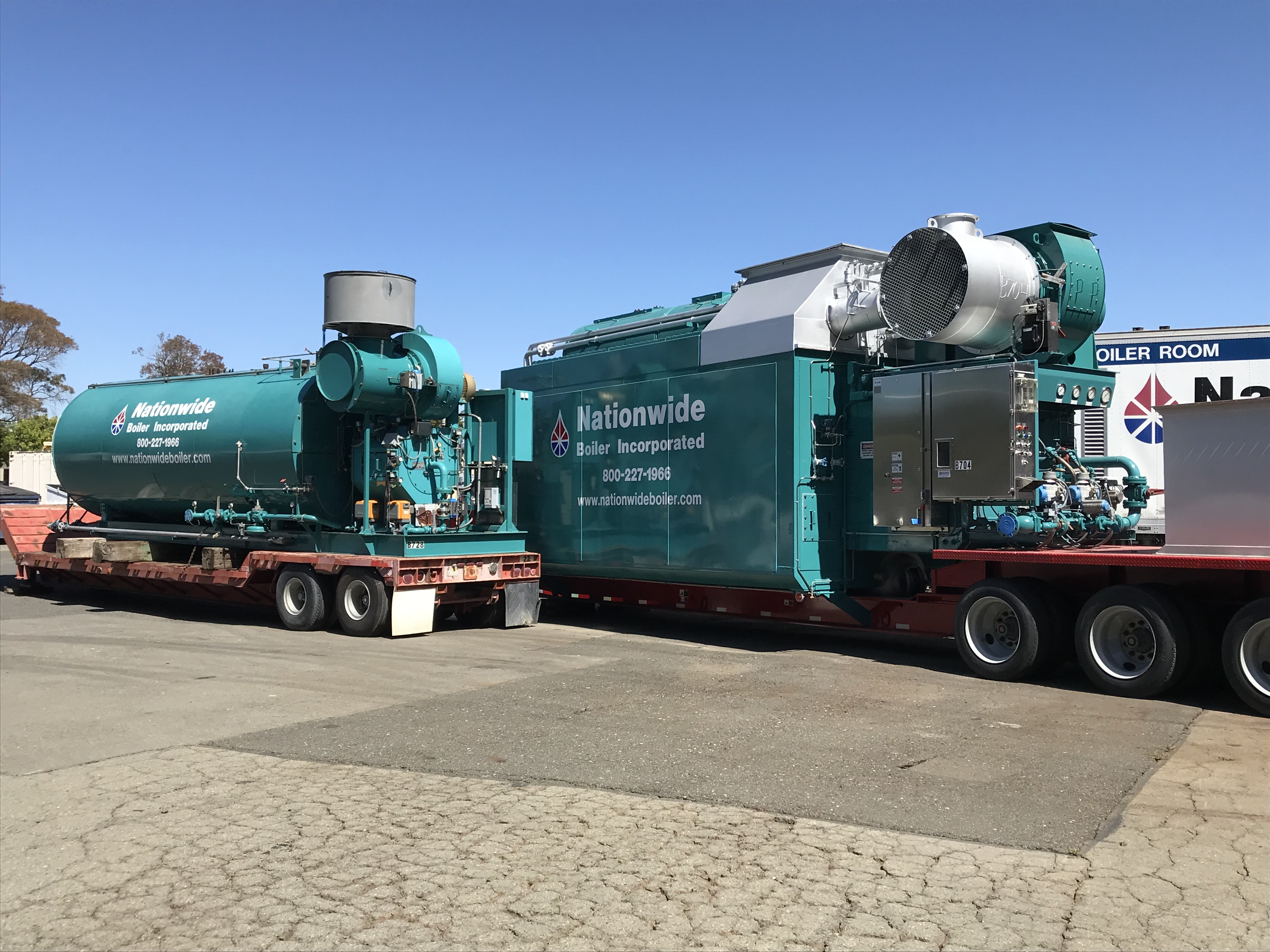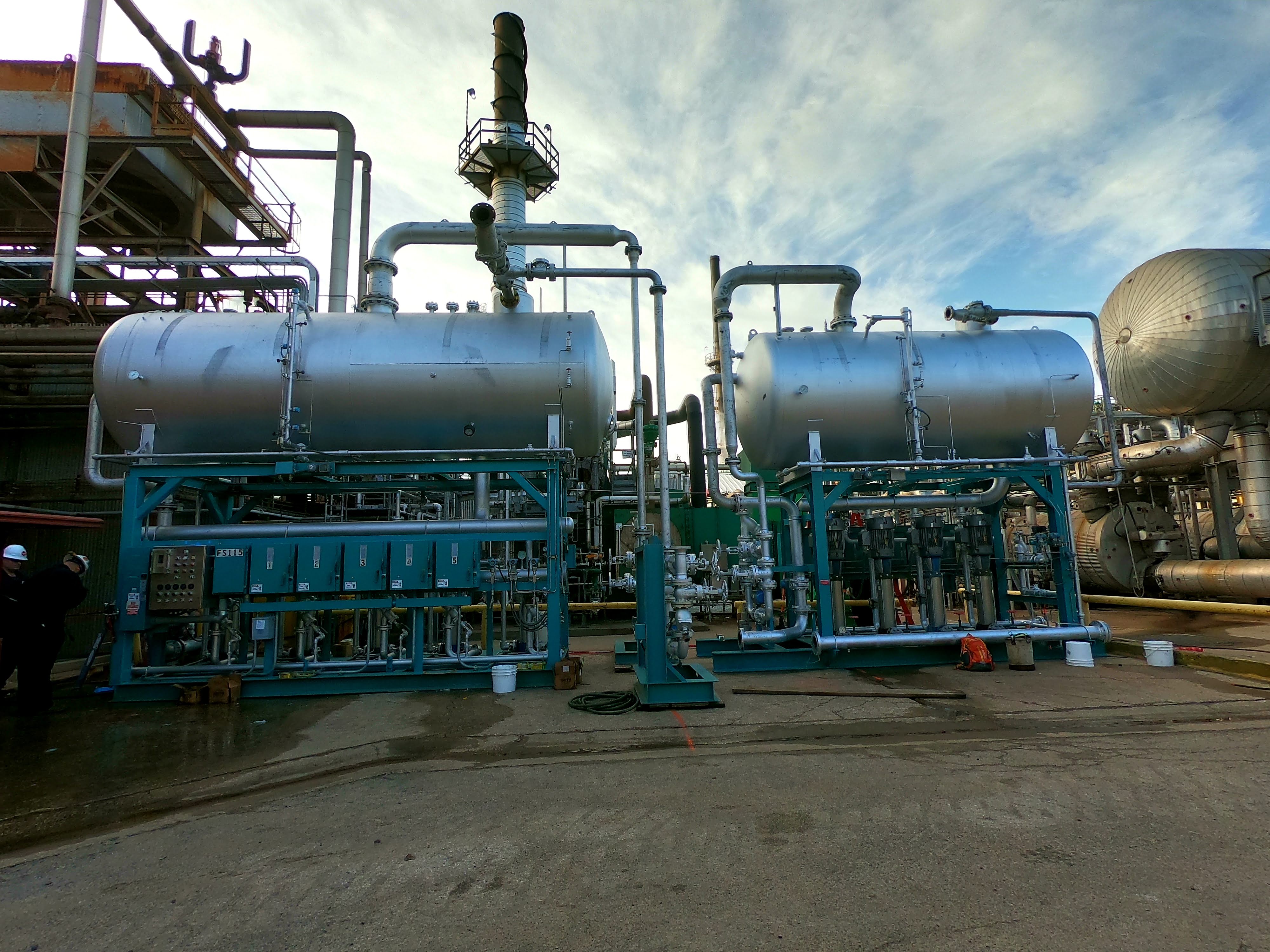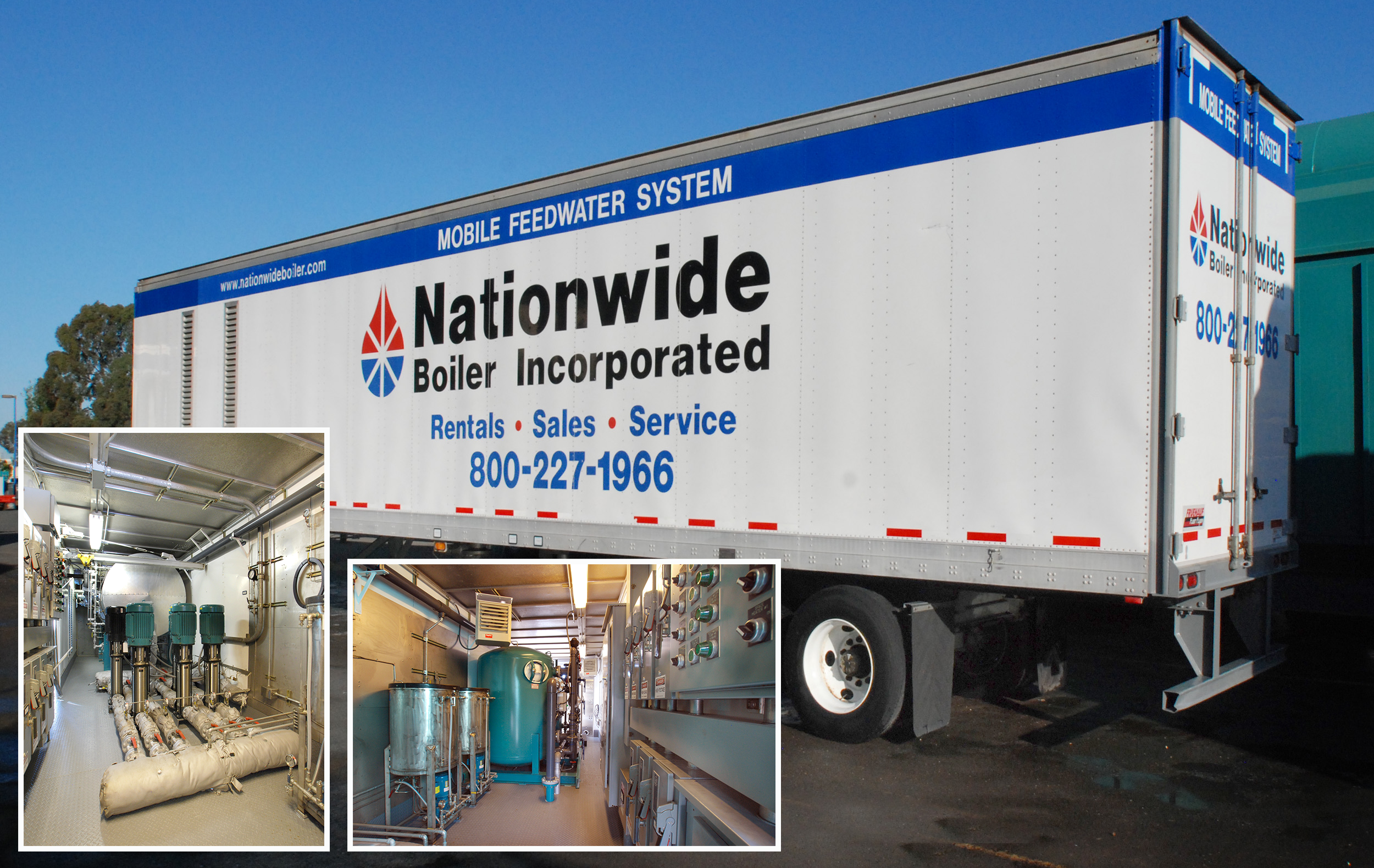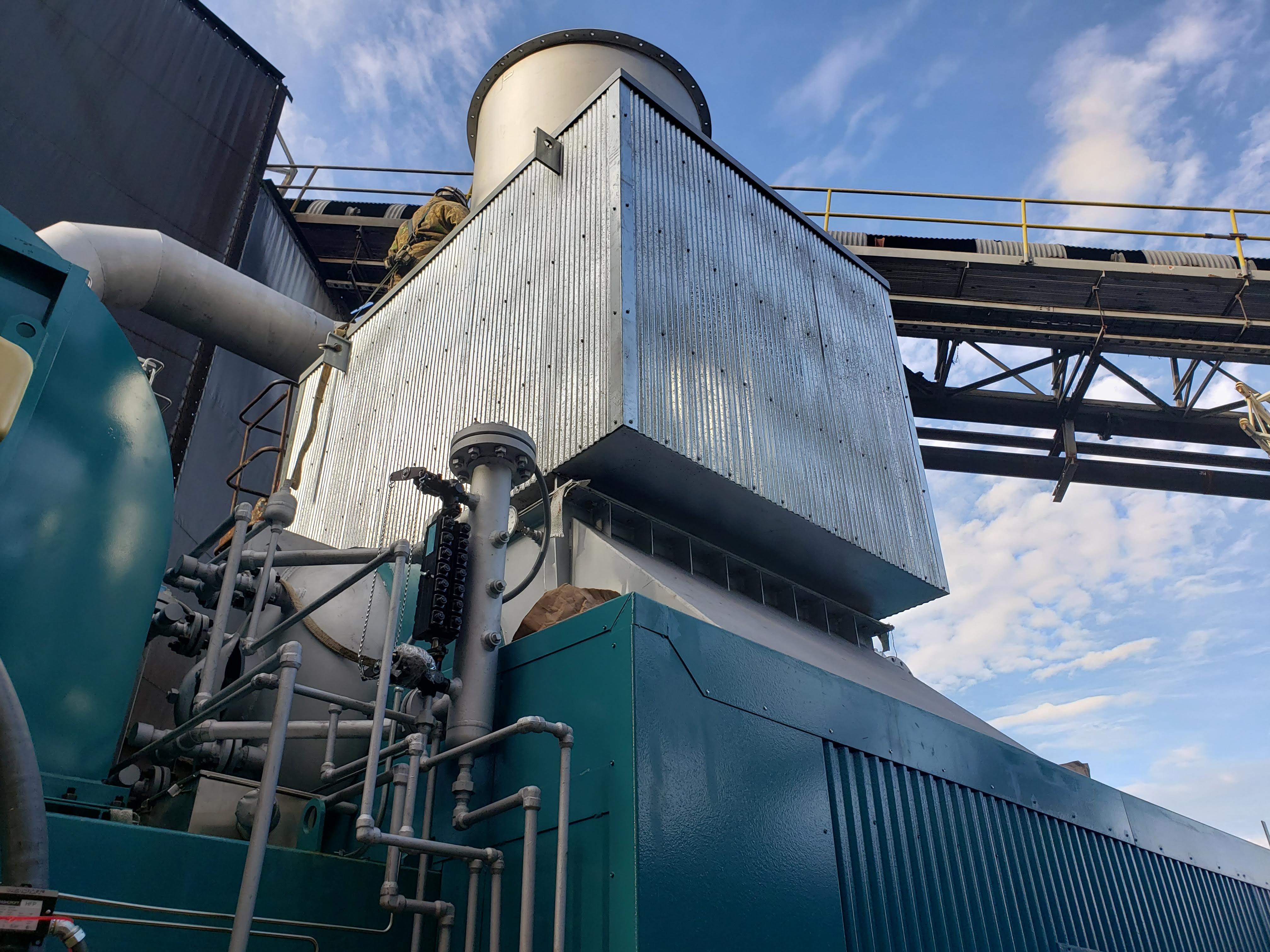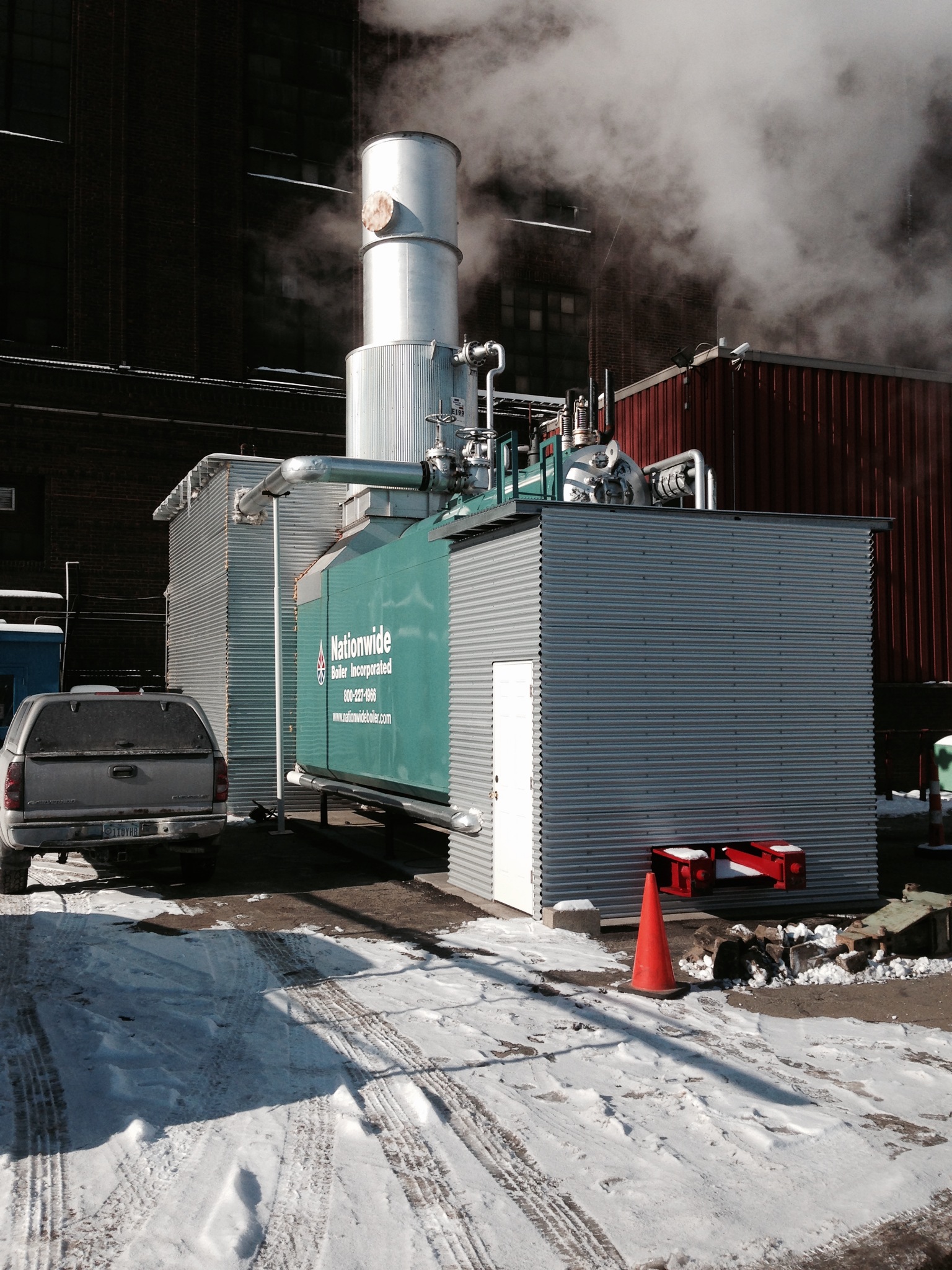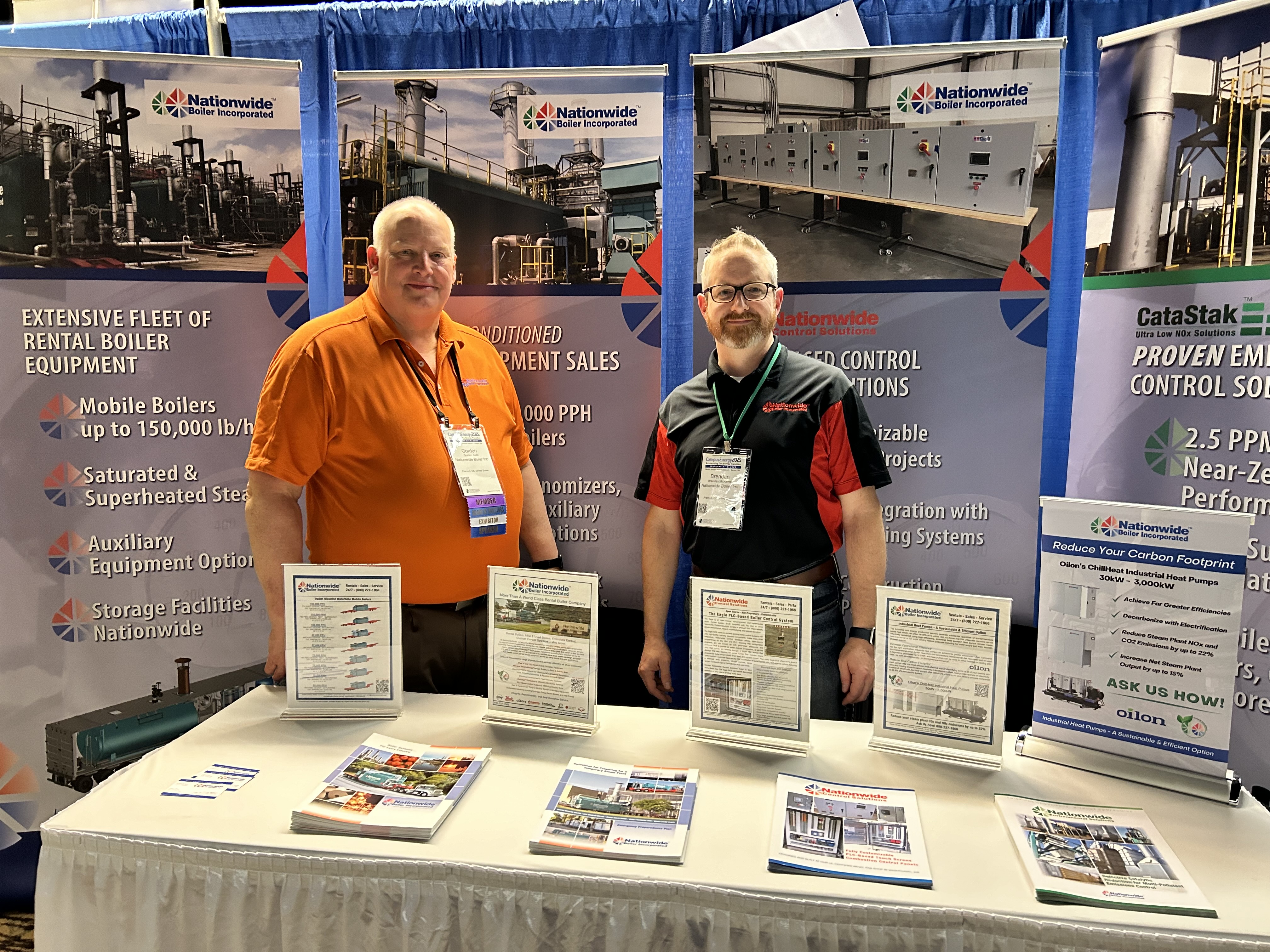June marks National Safety Month, and Nationwide Boiler is proud to participate by spotlighting key safety topics each week, in alignment with the National Safety Council’s official themes. We're kicking things off with a focus on Continuous Improvement—a core value that drives our safety culture forward every day.
At its heart, continuous improvement means never settling for "good enough" and always seeking ways to enhance processes, reduce risk, and ensure the well-being of every team member. Join us as we explore how small, consistent changes can lead to a safer, stronger workplace.
What is Continuous Improvement?
Continuous improvement is the ongoing effort to enhance processes, systems, and behaviors to achieve better outcomes. In the context of workplace safety, it involves regularly evaluating procedures, identifying potential hazards or inefficiencies, and implementing strategic solutions that reduce risk and promote employee well-being.
At Nationwide Boiler, we understand that safety is not a static goal, it’s a journey. A truly effective safety culture evolves over time through consistent reflection, innovation, and collaboration. We strive to create an environment where safety is always at the forefront, and where lessons learned lead to lasting, meaningful change.
Why Continuous Improvement Matters
Even the most comprehensive safety programs can become outdated if not reviewed and improved consistently. Hazards change, regulations are updated, and new technologies and best practices emerge. By adopting a mindset of continuous improvement, we ensure our safety protocols remain dynamic, relevant, and impactful.
Continuous improvement in safety leads to:
- Fewer incidents and injuries: By identifying risks early and addressing them proactively, we create a safer workplace for everyone.
- Higher employee engagement: When team members see that their feedback and observations are valued, they become more invested in maintaining a safe work environment.
- Boosted morale and efficiency: A safe workplace is a productive one. Confidence in safety measures allows employees to focus on their work without unnecessary worry.
- Stronger regulatory compliance: Staying aligned with evolving safety standards ensures we meet or exceed industry and legal requirements.
A Shared Responsibility
Continuous improvement only works when everyone is involved. From management to employees, each of us plays a vital role in maintaining a safe environment. When we remain curious, proactive, and open to change, we build a workplace where safety is second nature. To discover more about how Nationwide Boiler is dedicated to practicing safety, please read our detailed blog article here.
Celebrate National Safety Month with Nationwide Boiler, and stay tuned for another safety topic next week!



